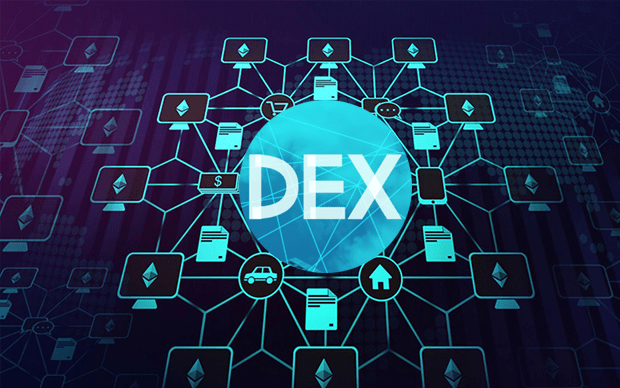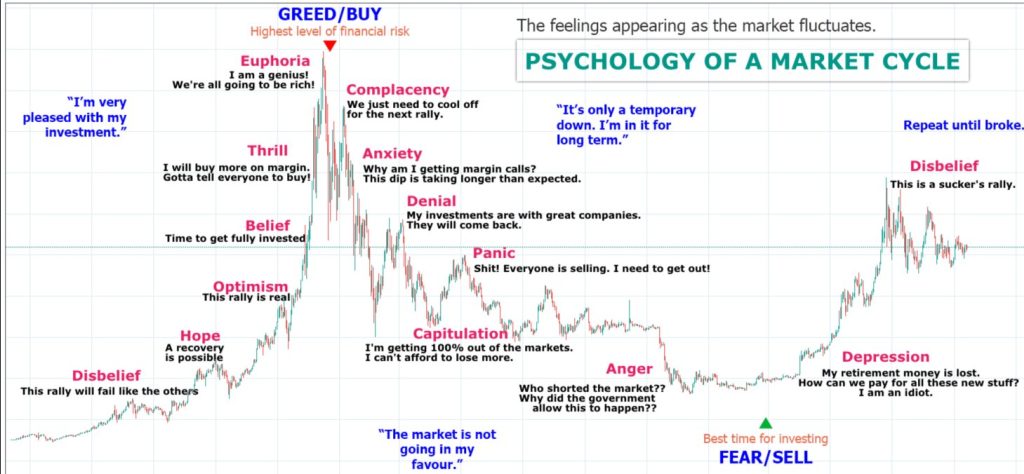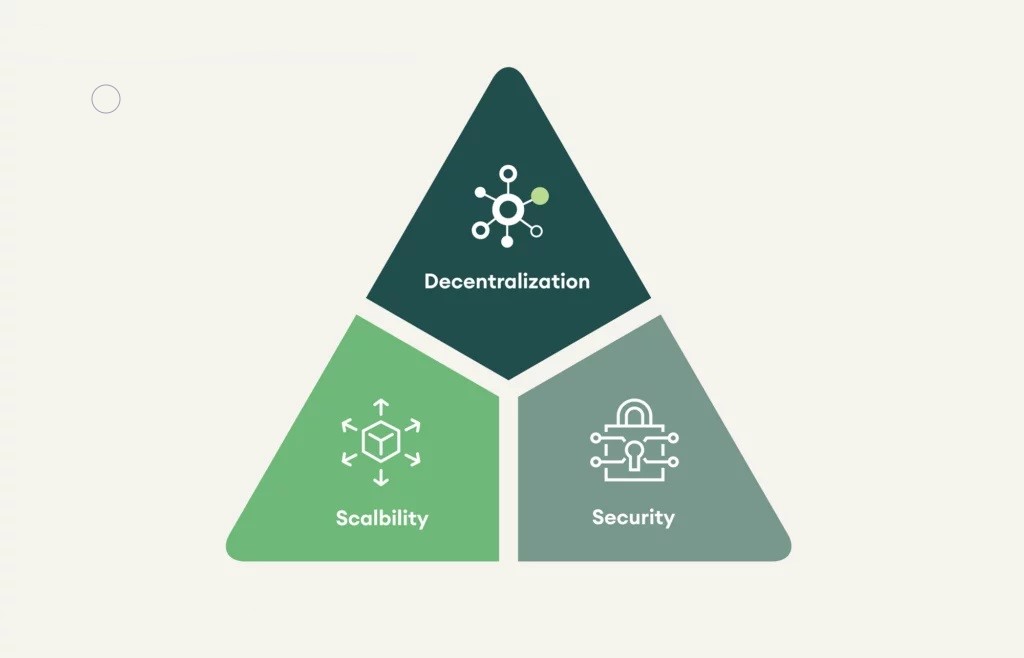Bitcoin mining serves two primary functions within the Bitcoin network: transaction validation and new Bitcoin creation. Miners validate transactions by solving complex mathematical problems and are rewarded with newly created Bitcoins. While the process may seem intricate, it can be simplified into several key components.
Before we delve, it needs to be mentioned that this whole process is part of Proof of Work mechanism. I have written Proof of Work vs Proof of Stake, check the link.
Bitcoin Mining Process
Bitcoin mining employs specialized computer hardware to solve complex mathematical problems, verifying transactions and creating new blocks. Miners compete to solve these problems, with the first successful miner adding a new block to the blockchain and receiving the block reward—a predetermined amount of freshly mined Bitcoin. Solved blocks are chained together, forming the blockchain.
Required Hardware
Originally, Bitcoin mining could be done using CPU power from standard computers. However, as the network grew, an arms race ensued, leading miners to utilize graphics cards for enhanced mining power. Today, most serious miners use Application Specific Integrated Circuits (ASICs), specialized Bitcoin mining equipment that offers superior performance.
Role of Miners
Miners play a crucial role in ensuring the security of the Bitcoin network. As each transaction must be verified by every miner, a robust network is established. This verification process, known as Proof of Work (PoW), deters attackers from falsifying or reversing Bitcoin transactions. PoW functions similarly to having many observers scrutinize a magician’s card trick—increasing the difficulty of deception.
Preventing Double-Spending
One of the key challenges Bitcoin mining addresses is double-spending, where a user attempts to spend the same Bitcoin twice. Unlike physical currencies, which are exchanged directly, Bitcoin transactions require verification to prevent duplication. Miners verify transactions to ensure their legitimacy and prevent double-spending occurrences.
In essence, Bitcoin mining combines computational power, competition among miners, and consensus mechanisms to uphold the integrity and security of the Bitcoin network. As the network evolves, mining continues to play a vital role in maintaining its functionality and reliability.
Is Bitcoin Mining Profitable?
Determining the profitability of Bitcoin mining involves several factors, including electricity costs, hardware performance, mining difficulty, and Bitcoin’s price. Let’s compare two scenarios to illustrate this.
Let’s take a very easy example. George in Paris invests in a mining rig with high electricity costs. Despite mining approximately 0.1191 BTC worth $6,344, his electricity costs of $11,233 result in a significant loss of $9,979 in the first year.
Raul in Spain, with lower electricity costs, faces a more favorable outcome. While he also experiences an initial loss of $2,000, subsequent years yield a profit of $3,000 annually. So, as you see you need to keep an eye on electricity costs, to name few.
However, it has to be noted that Bitcoin mining is very expensive investment, which also requires technical knowledge.
Bitcoin Halving and Mining Rewards
Bitcoin undergoes halving events roughly every four years, reducing the block reward. While this may seem disadvantageous to miners, historical data suggests that Bitcoin’s price tends to surge after each halving, offsetting decreased returns.
Energy Efficiency in Mining
Efficiency varies based on hardware quality and mining type. Higher-quality rigs perform more efficiently, offering increased hash rates while consuming less power.
Types of Bitcoin Mining
Beyond individual mining, cloud mining and mining pools offer alternative approaches.
- Cloud mining allows renting computing power without hardware or electricity costs,
- while mining pools enable miners to combine resources, sharing rewards based on contribution.
Conclusion
Bitcoin mining remains integral to Bitcoin’s ecosystem, though profitability hinges on various factors. Individual mining requires substantial costs, so one can consider cloud and mining pools.




2 Comments
Comments are closed.